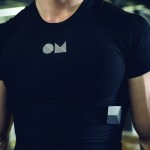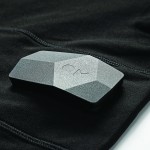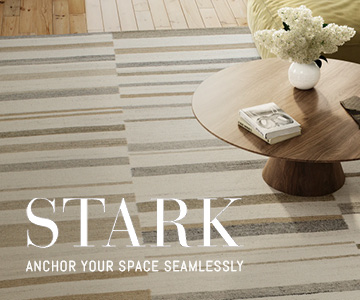The i-Go Robot is the perfect compromise between a Segway and one of those hands-free, self- balancing scooters. It is much less bulky than a Segway, but far more rugged and advanced than the scooters. The SC model I had the opportunity to ride weighed 33 lbs and had a very durable build which made me feel like I was dealing with a vehicle rather than a plaything. A very impressive machine, the SC model can reach a top speed of ten miles per hour, which feels really fast when you’re riding hands-free, and runs for a range of up to 18 miles or three hours total.
Getting on the i-Go Robot takes some getting used to, only because you have to put some trust into the machine. What you do is stand the machine upright, place one foot on the corresponding pad and let the i-Go calibrate. Once it’s calibrated, it maintains its position while you lift your other foot and place it on the other pad. It’s as simple as stepping onto a stair, but it may take a few tries at first since it may go against your natural instincts. Standing on the i-Go, you move forward by putting weight on your toes, halt by putting momentarily weight on your heels, and reverse by placing prolonged weight on your heels. In between your legs is a bar used to steer by shifting your legs in the corresponding direction.
Once you get the controls down, the i-Go handles really well. It is highly sensitive to your movements, allowing you to get pretty technical with your motions. The SC model also comes with a handlebar which can be attached if you are uncomfortable riding longer distances hands-free. Having the option is certainly nice, making it a versatile machine. The i-Go Robot SC can have a variety of applications. Personal use can include joyriding and commuting, while businesses such as warehouses, airports or malls can see fit to utilize them for employees. i-Go Robots has two other models, the LA and the T2. All their products have a five year warranty, which shows great confidence in their product. The SC retails for $3,965.
Suitable Technologies Beampro
BeamPro is a telecommuting tablet robot that allows you to interact with remote locations using high-end video and audio. The robot itself serves as your double, capable of moving through different rooms with its mobile base which is controlled from your smartphone or tablet. While ideal for telecommuting at work, the BeamPro is also useful for families who spend a lot of time apart. Technology in general is often accused of hindering direct human interaction, but having a double at home or the office can provide one the opportunity to have more “face-to-face” conversations.
Used everywhere from around the house to the White House, BeamPro is equipped with a 6-microphone array that cancels background noise. The robot itself features two wide-angle cameras, a 17” LCD screen and a built- in speaker system. Between its movable base, which can reach a speed of 2 mph (about matches the pace of walking), and its predictive navigation, BeamPro provides users with a lifelike “physical” presence. BeamPro’s docking station provides the entire mechanism with a full charge for 8 hours of active use or 24 hours on standby. While its more basic counterpart the Beam+ (also made by Suitable Technologies) is available for $2,495, purchasing a BeamPro requires you to get a direct quote from Suitable Technologies. You also have the option of selecting a 4G card as opposed to its standard two dual-band radios.
OMSignal Biometric Smartwear is a high-performance compression shirt that monitors your heart, breathing and movement during a workout. The shirt contains sensors embedded in the fabric that physically connects to the Bluetooth-enabled OM Smart Box which stores the data and streams the information to the OMSignal App. The OMSignal App gathers this data and organizes it into a variety of categories, including heart rate, breathing rate, push score, which measures how hard you are pushing yourself, steps, and calorie count. This data gives users actionable insight into their bodies. For example, not only does the smartwear measure heart rate, the app subdivides the data into live heart rate, resting heart rate, peak heart rate, and heart rate recovery time, allowing one to better gauge progress and exertion. All this data serves to improve your workout and therefore the results of that workout.
The product can be purchased in three different kits. OM Smart Kit 1 costs $275 and includes one shirt, an OM Smart Box and the app. OM Smart Kit 2 costs $370 and includes two shirts, the box and app. The final OM Smart Kit 3 costs $450 and includes three shirts, the box and app. Purchasing a shirt separately costs $150 and the separate OM Smart Box costs $125. If you’re a sucker for name brands, OMSignal recently partnered with Ralph Lauren to create the PolotechTM Shirt with higher-end flourishes such as silver woven into the fabric to read the real time data. That one will cost $295.












